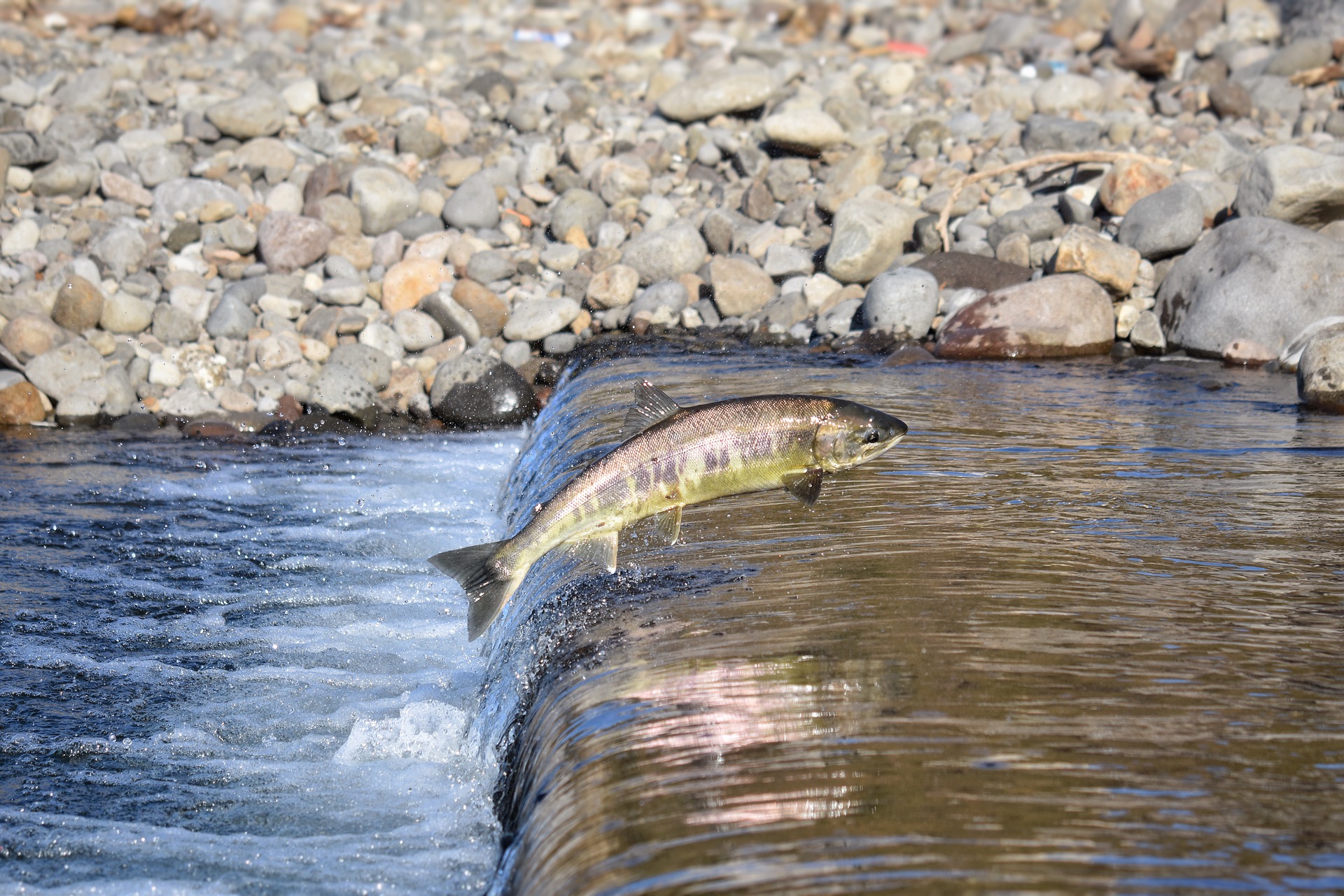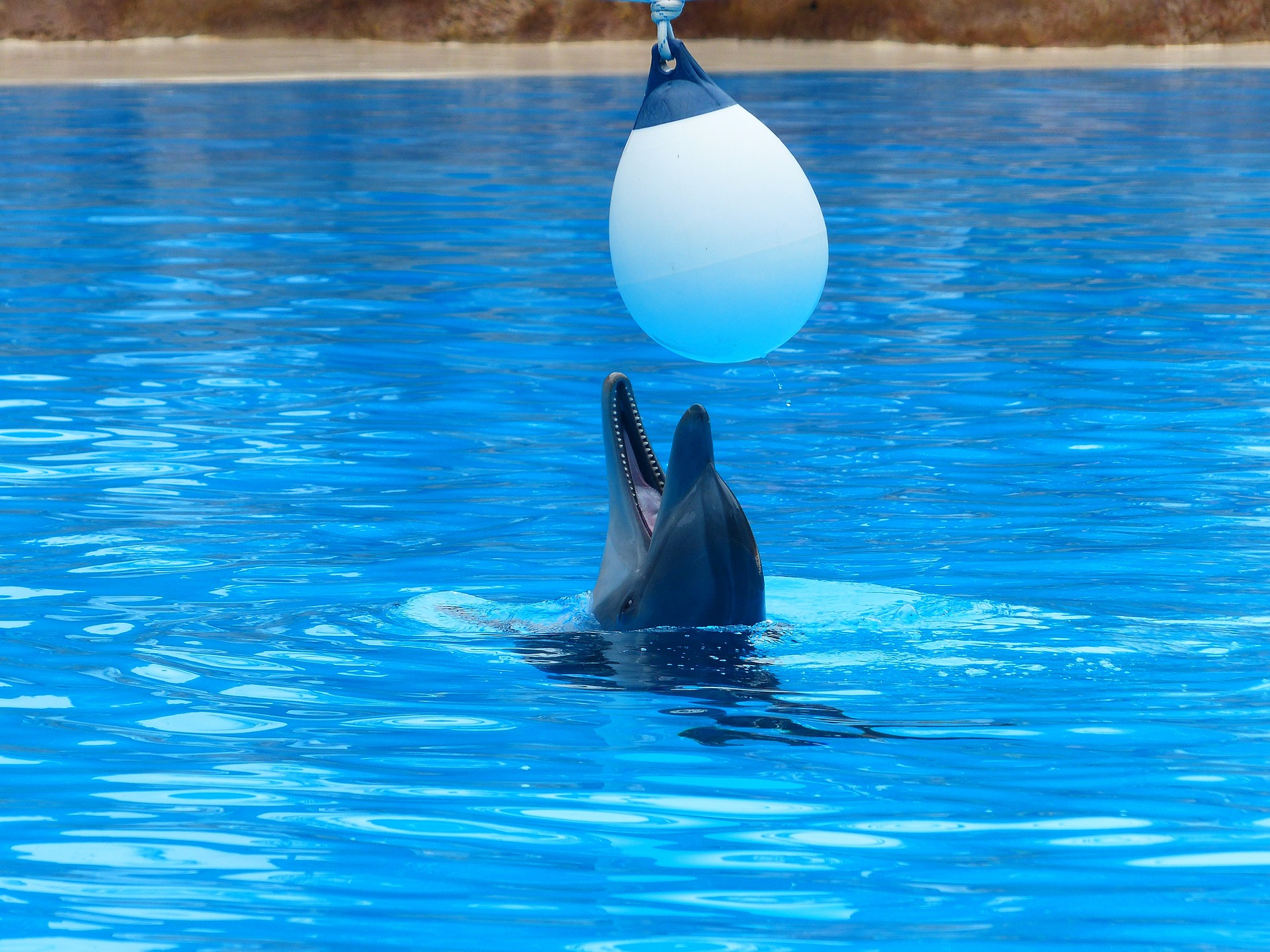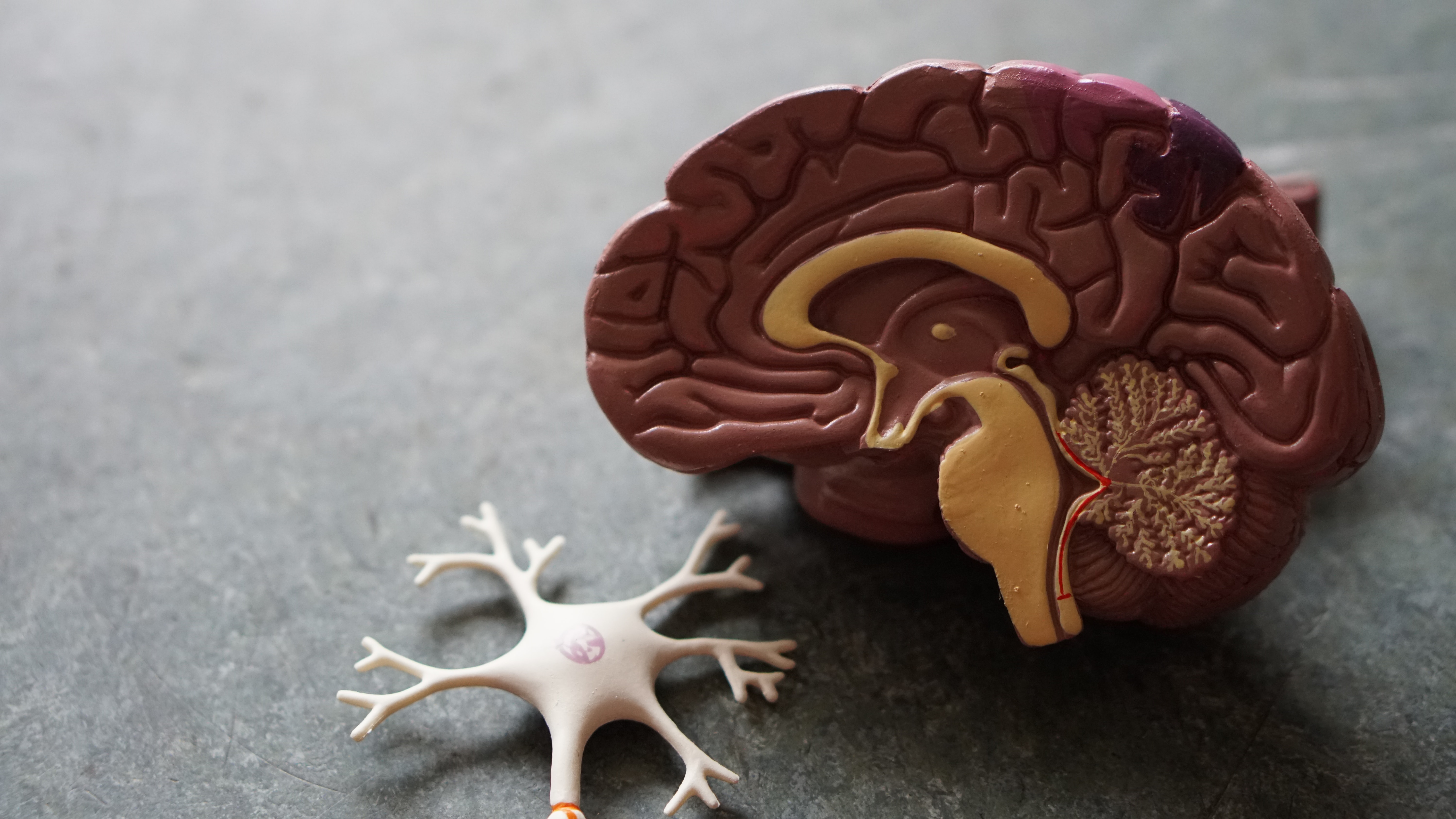Mes, D., Palstra, A. P., Henkel, C. V., Mayer, I., & Vindas, M. A. (2020). Swimming exercise enhances brain plasticity in fish. Royal Society Open Science, 7(1), 191640. https://doi.org/10.1098/rsos.191640
Here’s how to grow your muscles and brain at the same time: take a rigorous, three-week-long swim against a strong current. If you are an Atlantic salmon that migrates long distances each year to spawn, you should manage just fine. As an added bonus to your undoubtedly enhanced fitness, there will also be more cells in your brain.
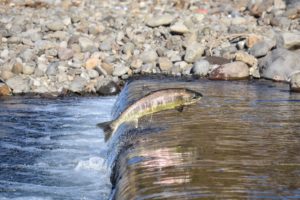
In a study published in Royal Society Open Science, scientists showed that salmon who swim a lot grow more brain cells than their sedentary counterparts. This finding shows that exercise is important for fish and their well-being, similarly to the way it is for humans. Increased swimming regimen at fish housing premises, like farms and aquariums, may be good for fish health and quality of life.
The authors of the study housed 8 month-old Atlantic salmon in the tanks where the fish either had to swim against a strong or a weak current. In the so-called exercise, or high-flow tanks, water flow was two to seven times faster than the low-flow tank. This high rate of the water flow was similar to ocean currents in which wild salmon swim naturally. In the low-flow tanks, the salmon did not have to work nearly as hard to swim and were free to float around at a leisurely pace.
After keeping the salmon in the tanks for three weeks, the researchers picked a few fish from each tank and collected their brains for analysis. They then looked for differences between the brains of athletic and inactive fish.
Making new brain cells
Because of the intense regimen of swimming against strong currents, the exercised salmon in the study were bigger than their brothers and sisters who led a more relaxed lifestyle. Not only did their bodies grow, but so did their brains!
When new cells are born in the brain, some parts of their DNA become so active that they can be detected in the brain tissue. These DNA parts, or genes, are usually involved with the processes of brain cells dividing and making connections with other cells in the brain.
The authors searched for signs of new cells in the salmon brains. They took the brain tissue, mashed it up, and isolated all the signs of gene activity. They then identified the genes that were more active in the brains of exercised salmon compared to the brains of sedentary fish. Those activated genes pointed to two phenomena in the brains of exercised salmon: neurogenesis and neuroplasticity.
Neurogenesis is the birth of brain cells. Most cells in a brain are already in place by the time of birth, but some cells continue to appear well into adulthood. In many species, this often happens in the parts of the brain that are in charge of making new memories. This makes sense – new memories require more storage space in the brain, and so the brain makes more nerve cells to meet that need.
In the salmon brain, the memory area is known as the Dl zone. The study authors found that there were more dividing cells in the Dl zone of exercised fish than of sedentary ones. The DI zone in the fish brain is believed to correspond to the hippocampus, the memory-making area in the mammalian brain. Both the DI zone and the hippocampus are hubs of neurogenesis, although there has been some debate as to whether or not hippocampal neurogenesis happens in humans. But in fish, the memory zone is busy birthing brain cells.
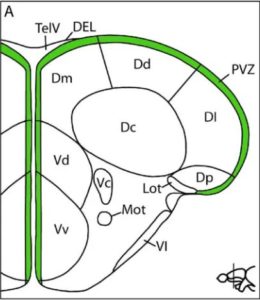
Neuroplasticity is the ability of brain cells to change their shapes and the number of connections they have with other brain cells. This process is also crucial for making new memories. For example, if a young salmon learns to associate warm water with lots of food, this new knowledge will be cemented in connections between its brain cells.
The scientists discovered that in the brains of the more athletic salmon, there were more signs of neuroplasticity. Among those signs is a biological molecule known as synaptotagmin, which is present wherever two brain cells have a connection, called synapse. Synaptotagmin is present in synapses of human and fish brains alike. The gene that encodes synaptotagmin was more active in the brains of salmon that had swum against strong current for three weeks, indicating that their brains had more connections between brain cells.
Increased neuroplasticity could be explained by increased neurogenesis and the subsequent greater number of brain cells, because the brain consists of many networks of interconnected brain cells. Newborn cells have to find for themselves a place in the existing brain networks, so they must make connections with older, more established cells.
Brains and brawn
There is a good amount of evidence that exercise stimulates birth of new brain cells, in humans and in other mammals. Until now, it was unclear whether this rule of thumb applied to fish as well. Now we know that more active fish probably have a greater number of brain cells, especially in the part of the brain that helps create new memories.
Fish can make new memories and hold on to them for a while, especially if those memories have to do with learning how to navigate in an unfamiliar place. For the Atlantic salmon, who have to travel from ocean to freshwater to reach their spawning waters, the ability to make more brain cells with exercise, and possibly to make more memories, may be especially useful.
Knowing that exercise is good for fish can help take better care of fish in farms and aquariums, where increased water flow may make fish happier. Scientists can also now use Atlantic salmon to study how exercise affects other brain processes, like death of brain cells from age and disease.
Additional references: Schmidt, R., Strähle, U., & Scholpp, S. (2013). Neurogenesis in zebrafish–from embryo to adult. Neural development, 8(1), 3.
I am a PhD candidate at Northeastern University in Boston. I study regeneration of the nervous system in water salamanders called axolotls. In my free time, I like to read science fiction, bake, go on walks around Boston, and dig up cool science articles.

